Lochiometer after childbirth - what is it? We will understand this article.
The body of a woman after childbirth may begin to change. The body thus gets rid of unnecessary tissue that has already performed its function. The healing processes of the uterine endometrium primarily begin with the decay and alienation of placental particles. In addition, the remains of glands and other elements are rejected. A lochiometer after childbirth is a rather serious complication. Such an ailment is characterized by a violation of secretions.
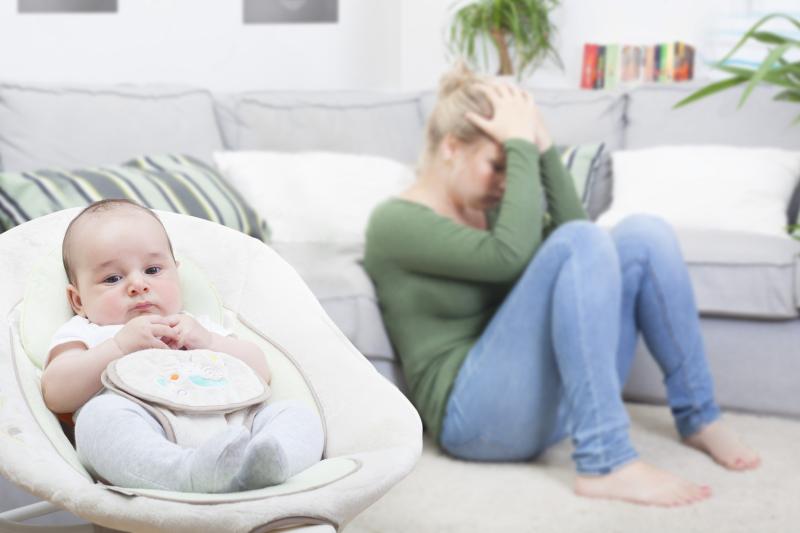
What happens after childbirth?
After childbirth, cleansing of the body begins along with the restoration and healing of the uterine cavity. Thanks to special enzymes, unnecessary residues along with blood clots and organic elements are liquefied, and uniform blood elements in the form of white blood cells and red blood cells are infiltrated into the wound surface area. Such processes normally manifest brown spotting in the first five days immediately after the birth of the baby. Then, within a couple of weeks, the secret can become watery and light, and its amount decreases significantly, and then it completely reduces to zero. Such secretions are called lochia. Normally, their volume can range from 500 to 1,500 milliliters.
Discharge Duration
Depending on the variant of patrimonial resolution, the duration of the discharge of the lochia is different. For example, after cesarean section, they can be approximately two months. If there was a physiological birth, then the duration is about five weeks. Immediately after an abortion, a lochiometer usually does not occur.
Provocative factors
The following factors provoke the development of pathology.
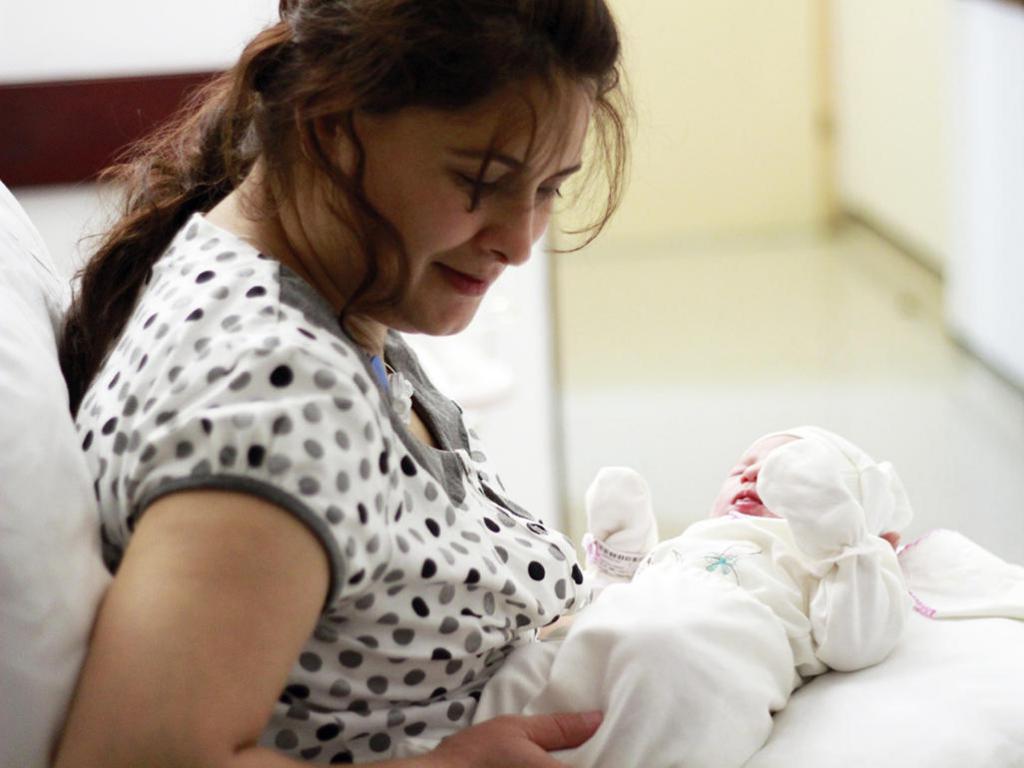
- The presence of contractile uterine weakness, which occurs due to a significant amount of amniotic fluid, and in addition, against the background of a large fetus, generic discoordinated activity, or cesarean section.
- The presence of uterine excesses, which is considered an abnormality of its location in the pelvis.
- The presence of a blockage in the cervix, due to which the outflow of lochia is disturbed (through decidual membranes, blood clots, epithelial cells, and so on).
- The appearance of spasms of the internal pharynx. This happens because of the rough extraction of the child during childbirth and as a result of a strong contraction of the musculature of the isthmus. So that the lochia can stand out well, the uterine canal is wide open.
- Inadequate physical activity of the patient in the postpartum period.
Infection
The components of the lochia serve as a quite comfortable environment for the propagation of pathogenic microorganisms, often streptococci. In this regard, the delay in their allocation leads to infection, and in addition, to inflammation of the mucous membranes of the uterus. In this case, endometritis may develop. In addition, organic tissues in the uterine cavity begin to break down, and putrefactive products, along with toxic substances of decay and bacteria, can easily enter the lymph and bloodstream, contributing to the development of inflammation. Next, we will talk about the symptoms of this deviation and find out how the pathology can manifest itself.
Symptoms of the pathological process
The first symptom of lohiometers after childbirth is a sharp delay in the release of lochia. The patient’s well-being is gradually getting worse. In the area of the projection of the uterus, dull and pulling pains occur. There may be an unpleasant odor from the groin area. During palpation, the uterus will be painful, increased in size with a test-like consistency.
An ultrasound examination with a lochiometer after childbirth reveals the shape of the uterus, in the cavity of which there is a liquid mass along with the remains of the placenta, and the cervical canal itself will be narrowed or filled with organic tissues.
The neglected forms begin with chills and an increase in temperature to febrile indicators. From the cardiac system, tachycardia is observed. Women experience very severe pain in the lower abdomen. Purulent masses of green color with an unpleasant odor are released from the vaginal area. In this case, an ultrasound examination shows a fibrinous deposit. A similar condition may indicate inflammation of the surface layer of the endometrium, that is, endometritis. Now we turn to the examination of diagnostic methods for lochiometers after childbirth.
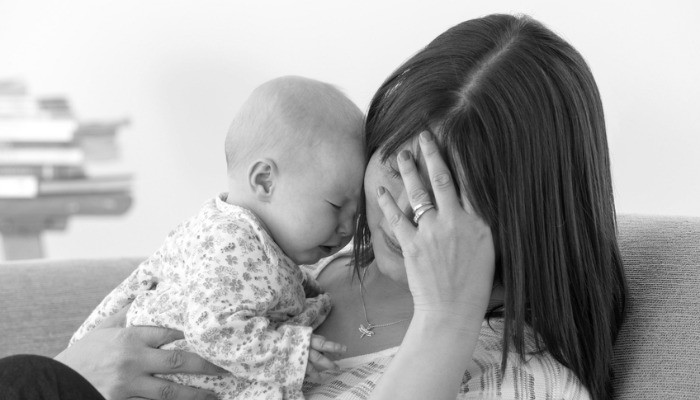
Diagnostic Methods
In order to make the correct diagnosis, the attending physician carefully examines the woman's history and conducts a gynecological examination.
- Thanks to the results of a general analysis of urine and blood, it is possible to see a complete picture of the patient's well-being. So, an increased number of white blood cells indicates an inflammatory process, and a low level of red blood cells indicates the presence of anemia.
- Very important, and in addition valuable, is the information that is obtained as a result of an aspiration biopsy and cytological analysis. This is all considered minimally invasive techniques. They are performed to obtain a sample of the endometrium and conduct its microscopic examination.
- Performing an ultrasound examination of the pelvic organs is a diagnostic method that can be used to examine the structure of surrounding tissues and genitals.
- Thanks to hysteroscopy, it is possible to see the cavity along with the cervical canal. The optical system of the device makes it possible to assess the condition of the endometrium, which allows you to choose the optimal treatment tactics.

Treatment
The basis of therapy after delivery is the emptying of the uterine cavity. For this, first of all, women are recommended to turn to conservative treatment methods and physiotherapy exercises, which will be extremely useful. Women in labor should lie on their stomach three times an hour. Drug treatment for post-delivery lohiometers includes:
- Injection of uterotonic drugs (usually Oxytocin, Methylergometrine and Ergotamine are used). They stimulate the myometrium, increase the contraction of the uterus, which contributes to the rather rapid extraction of lochia.
- The use of antispasmodics ("No-shp" and "Papaverine") well eliminates spasms of the uterus.
- The use of antibacterial drugs is prescribed for preventive and therapeutic purposes with high risks of infection and the further spread of infections.
- Painkillers are used for severe pain (Ibuprofen is used along with Paracetamol and Analgin).
In order to eliminate the causes of lohiometers, methods of digital expansion are used, thanks to which the spasms of the uterine throat are eliminated. The uterus can expand through the anterior abdominal wall using a two-handed examination method.
If the desired effect has not been achieved, then instrumental technologies are used. For example, the use of a curved forceps, which is inserted into the neck channel to extract organic tissue. In addition, a vacuum apparatus can be used.
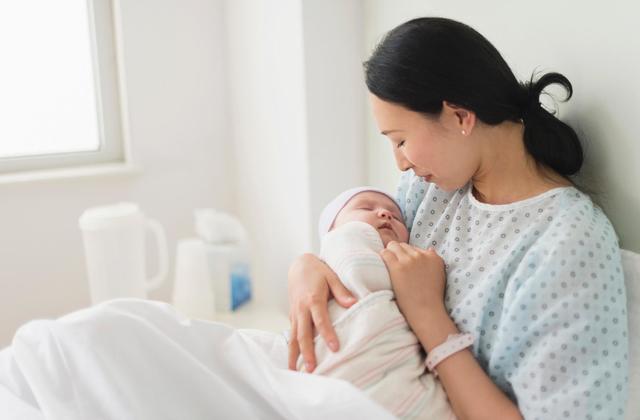
Treatment of lochiometers after childbirth with folk remedies
No matter how far science and technology have taken a step, people still love to turn to traditional medicine treatment methods. After childbirth, herbal therapy is primarily aimed at improving the contractile functions of the uterus and its quickest recovery. But self-medication with the help of folk remedies, as well as traditional medicines, is not at all safe. In this regard, before you start taking decoctions and herbal infusions, you must always consult with your doctor.
Herbal infusions
Treatment of lochiometers after childbirth should be comprehensive. In addition to the medications prescribed by the doctor, you can resort to herbal medicine.
To make a nettle infusion, you need to take six teaspoons of chopped dry nettle leaves and a liter of boiling water. All components are mixed and cooled. Take the medicine half a cup three times.
White cassock flowers are widely known for their therapeutic properties and help increase uterine contractions immediately after birth. To make the infusion, you need two tablespoons of dry inflorescences and half a glass of chilled water, which must first be boiled. All ingredients are mixed and left to infuse overnight. Take half a glass four times.
White calendula flowers reduce pressure, therefore, they can not be taken by women who suffer from hypotension. In this case, it is better to use an infusion of the leaves of this plant, which is prepared in exactly the same proportion as the flowers. Infusions from the crypt are taken in order to improve uterine contraction.

What else is used in the treatment of lochiometers after childbirth?
For this purpose, tincture of dry birch leaves is also used. But it is allowed to take it only twelve days after the birth. In order to prepare a tincture of the leaves of this tree, you will need three tablespoons of dry chopped leaves and two to four glasses of boiling water. All ingredients are mixed in a thermos and infused for two hours. Next, add a pinch of baking soda. Take the resulting remedy in the form of heat in one glass three times.
How to treat a lochiometer after childbirth, we told. Next, we learn about preventive measures.
Prevention
The prevention of certain complications in the postpartum period requires compliance with the following rules:
- Carrying out preparation for childbirth.
- Proper pregnancy management.
- Timely emptying of the bladder.
- Classes in therapeutic gymnastics and physical activity.
- Monitoring the volume of discharge.
- Monitoring the contraction, size, consistency and sensitivity of the uterus immediately after birth.
- Performing ice compresses on the anterior abdominal wall.
- Strict hygiene. It is often necessary to change the pads, performing hygiene of the external genitalia with warm running water.
- It is advisable to often lie on your stomach.
- Intimate relationships need to start only eight weeks after birth (this is required to restore the reproductive system, and in addition, to prevent the appearance of bleeding).
- Nutrition
Symptoms and treatment of lochiometers after childbirth are interrelated.
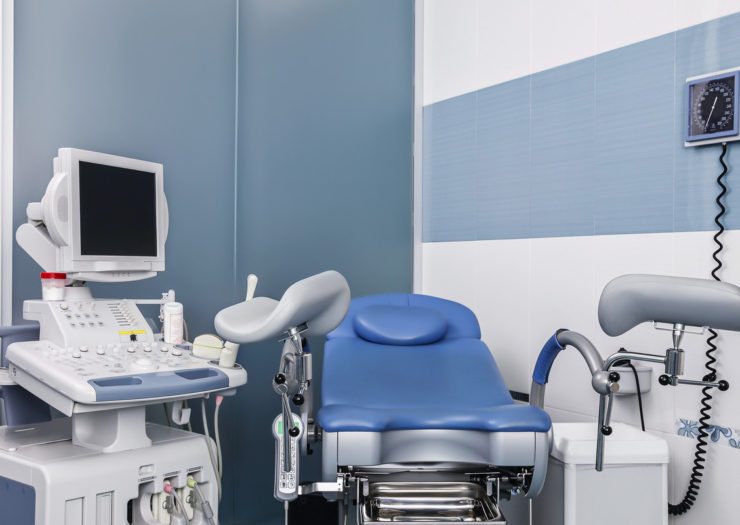
Possible complications
Mostly problematic outcomes of the disease are observed only in advanced cases. This is mainly due to inflammation of the uterine tissue (with endometritis, metroendometritis, pyometra) and the emergence of bacterial flora, which can subsequently enter the bloodstream, and also into the lymph, which provokes general and local inflammatory reactions in the form of peritonitis and sepsis.
To fully enjoy the birth of a child and devote more time to it, young mothers need to carefully monitor their health, following all the recommendations of the gynecologist. A lochiometer is considered a serious complication of the postpartum period, which is treated fairly well. But this does not mean at all that this pathological process can be neglected. Thus, you must definitely listen to your body.
The article described the symptoms of lochiometers after childbirth. What needs to be done with this pathology is now clear.